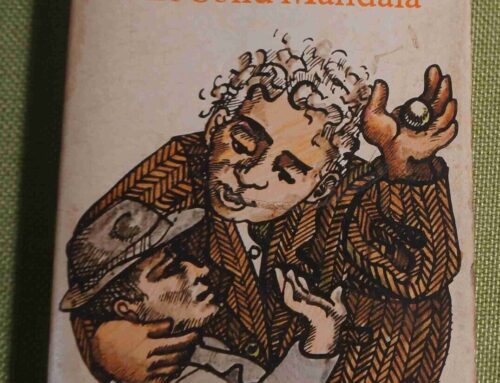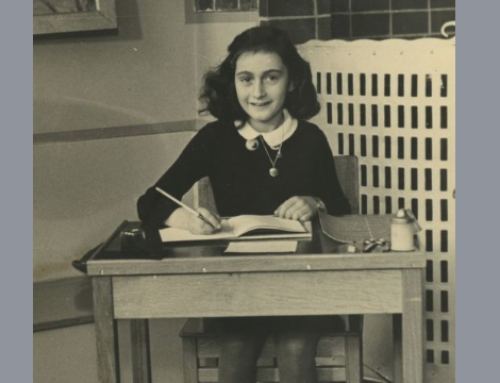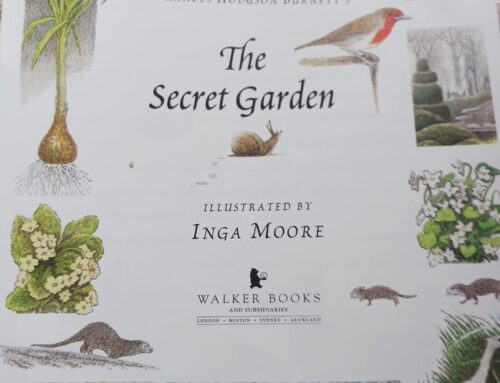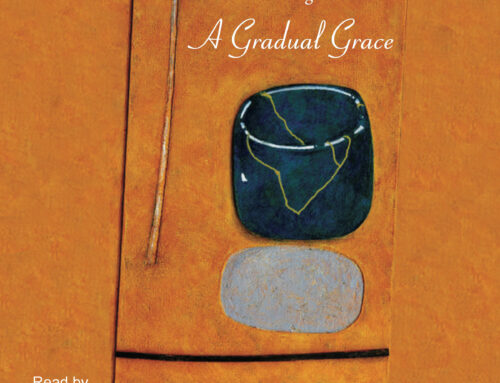The Chant of Jimmie Blacksmith, by Thomas Kennealy, was shortlisted for the Booker prize, I think in 1972, when it was published. I saw it on my library’s shelf, and brought it home. I confess I’ve not read anything else of his. I’m not sure if I will read anything more.
I am ambivalent about it… not because he uses the voices of black people, in particular Jimmie himself, but because of the way he interprets the throughts, feeling and motivations of this young man born of a black mother and a white father. Jimmie is initiated in the ritual way of his tribe, but after that, he endeavours to shed his black heritage and become ‘white’, marrying a white woman, having children with her, and owning a few acres of land. He becomes the protege of H. J. Neville, the Methodist missionary, who suggests he marry white, so his children and grandchildren will be ‘scarcely black at all.’ And so begins Jimmie’s descent into the slaughter that turns him and his half-brother Mort into outlaws. I won’t attempt to describe these events, except to say that the slaughter scenes are very hard to read, with Jimmie seeing himself as taking ‘necessary casualties of a war regally undertaken’ and enjoying ‘this possession and being possessed’.
For me, the second part of the story, the outlawed blacks’ flight from arrest and punishment, is a more satisfying read. Their survival in the bush for three months, with periodic raids and thefts, is remarkable and the plot flows well. And the author allows Jimmie and Mort to feel some remorse and a desire for atonement, partly because of the gentle truthtelling of McCreadie, the elderly schoolteacher they have taken as hostage, but end up nursing and eventually carrying as he grows increasingly frail and asthmatic.
But still, throughout the book, I resist Kenneally’s voicing of the thoughts of these people. Again and again, I get the feeling he is putting words in their heads and mouths. Even Gilda, the young, simple, uneducated white girl he marries, is given thoughts and words that seem too sophisticated.
This perception made me think about Patrick White’s writing. I have started re-reading Voss, and in the first few pages, am struck by White’s masterly evocation of the subtle and complex thoughts and feelings of the characters through brief gestures and images. For instance, Laura, the niece of the Bonners who live in a substantial stone house outside Sydney (the setting is 19th century), responds to a servant girl’s suggestion:
“‘No, Rose,’ said the girl, her mistress, so firmly at last that her shoe thumped against her petticoats, set them sawing at one another, and the still skirt, of a deep, lustrous blue, added several syllables to her decision.”
How brilliant is that?




